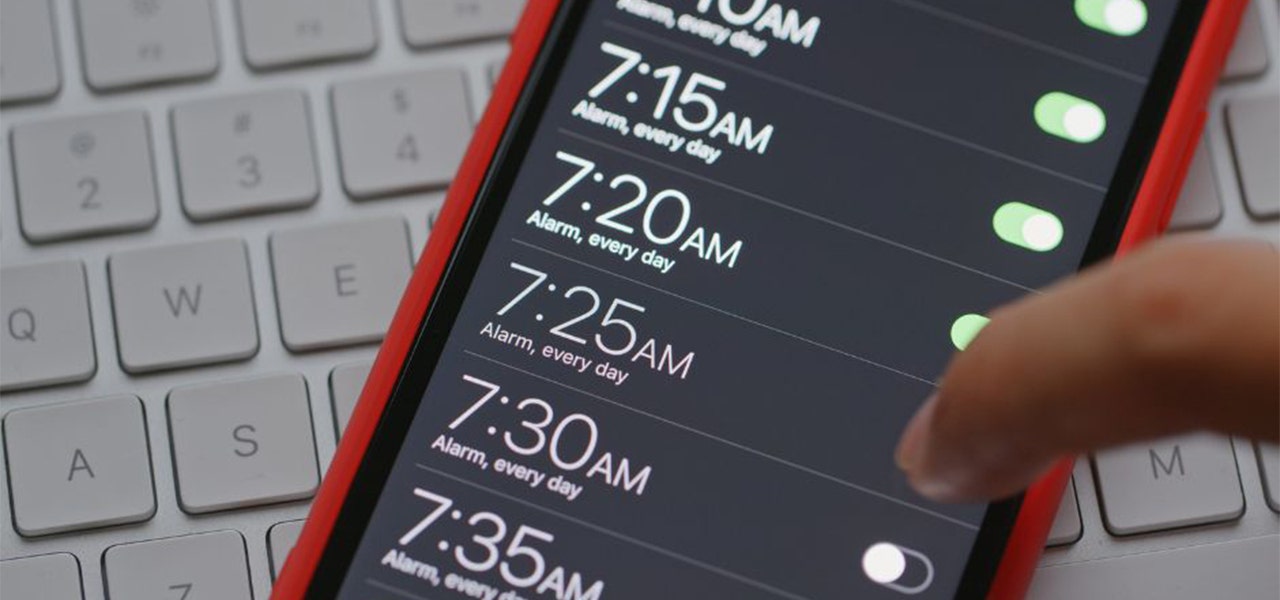The crisp, autumn air is here, and with it we fall back into the annual ritual of turning our clocks back one hour for the fall time change. While gaining an extra hour of sleep sounds like a dream come true for many, it can actually disrupt our internal body clocks and lead to a challenging adjustment period.
As an organic mattress company dedicated to promoting better sleep and overall well-being, Naturepedic understands the importance of adapting smoothly to these time changes. So let’s explore why the fall back fall time change can be hard on us! We’ll also share five effective coping tips to help you navigate this transition with ease.
Why Is the Time Change so Hard on Us?


Before we delve into coping strategies, let's take a moment to understand why the fall time change can be a tricky adjustment for our bodies. The shift from daylight saving time to standard time disrupts our circadian rhythms – the internal body clock that regulates sleep-wake cycles and other essential functions. Here's why it can be challenging:
Disrupted Sleep Patterns
Your body becomes physiologically accustomed to your specific sleep schedule, sending hormonal signals that it’s time to wind down around the same time each night. Any abrupt change can disturb that sleep pattern. Suddenly going to bed and waking up an hour earlier can confuse the body and make falling asleep (and staying asleep) more challenging, leading to fall fatigue.
Decreased Exposure to Natural Light
As the days get shorter, we have less exposure to natural light, which can affect our moods and energy levels. The fall back change can exacerbate this issue, as we lose an hour of daylight in the evening.
Impact on Mental Health
Disrupted sleep and decreased exposure to natural light can contribute to seasonal affective disorder (SAD) or exacerbate other mental health challenges. Be mindful that this is a difficult time of year for many, take extra care with your mental health and talk to your doctor if your mental health is interfering with your day-to-day activities.
5 Ways to Better Cope with the Fall Time Change
Now that we understand why the fall time change can be hard on us let's explore five effective ways to better cope with it.
1. Plan Ahead (Adjust Bedtime, etc.)


One of the keys to a smooth fall back transition is to plan ahead and gradually adjust your schedule. Here are some steps to consider:
- Start early: A few days before the time change, begin shifting your bedtime and wake-up time by 15 minutes each day. This gradual adjustment can make it easier for your body to adapt to the new schedule.
- Maintain consistency: Stick to a consistent sleep schedule, even on weekends. Consistency reinforces your body's internal clock, making it easier to fall asleep and wake up at the desired times.
- Create a relaxing bedtime routine: Establish a calming bedtime routine to signal to your body that it's time to wind down. This can include activities like reading, taking a warm bath or practicing relaxation techniques.
2. Exercise Earlier
Regular exercise is essential for overall well-being, including a good night's sleep. However, when the time changes, it's a good idea to adjust your exercise routine accordingly:
- Morning workouts: If possible, shift your exercise routine to the morning. Morning workouts can help energize you for the day ahead and promote better sleep at night.
- Avoid intense workouts before bed: Avoid vigorous workouts close to bedtime, as they can increase alertness and make it harder to fall asleep. Instead, opt for gentle activities like yoga or stretching in the evening.
3. Eat Mindfully
Your diet plays a significant role in your sleep quality, so pay attention to what you eat, especially during the fall time change:
- Watch your caffeine intake: Limit caffeine consumption, especially in the afternoon and evening. Caffeine can interfere with your ability to fall asleep and stay asleep.
- Avoid heavy meals before bed: Large, heavy meals before bedtime can lead to discomfort and indigestion, making it harder to sleep soundly. Try to have your last substantial meal at least two to three hours before bedtime.
- Stay hydrated: Dehydration can disrupt sleep, so make sure to stay adequately hydrated throughout the day. However, avoid drinking large amounts of water right before bedtime to minimize nighttime awakenings.
4. Read More, Scroll Less
Many of us are guilty of spending too much time on screens, especially before bedtime. The blue light emitted by phones, tablets and computers can interfere with our circadian rhythms. Here's how to address this issue:
- Establish a screen-free zone: Create a bedtime routine that doesn't involve screens. Instead of scrolling through social media or watching TV, opt for a relaxing activity like reading a book or listening to soothing music.
- Use blue light filters: If you must use electronic devices before bedtime, consider using blue light filters or apps that reduce blue light emission to minimize its impact on your sleep.
5. Refresh Your Sleep Space


The environment in which you sleep plays a significant role in the quality of your rest. As the seasons change, it's an excellent opportunity to refresh your sleep space:
- Invest in a quality mattress: A comfortable and supportive mattress is essential for a good night's sleep. (Consider upgrading to an organic mattress!)
- Optimize room temperature: Ensure your bedroom is cool, dark and quiet. Use blackout curtains to block out external light and maintain a comfortable room temperature (60 to 68 degrees is best!).
- Declutter your bedroom: A clutter-free environment can promote relaxation. Remove unnecessary items from your bedroom to create a serene and inviting space.
“Fall back” may pose challenges to our sleep and well-being, but with proper planning and mindful adjustments, we can navigate this transition with ease. Remember that sleep is a crucial component of a healthy lifestyle, and taking steps to ensure a good night's rest will benefit your overall health and well-being.
And also remember: don’t underestimate the impact of a quality mattress on quality sleep. Here are five signs it’s time to replace yours.
 BABY
BABY  KIDS
KIDS  ADULT
ADULT  LEARN
LEARN  STORES
STORES 





